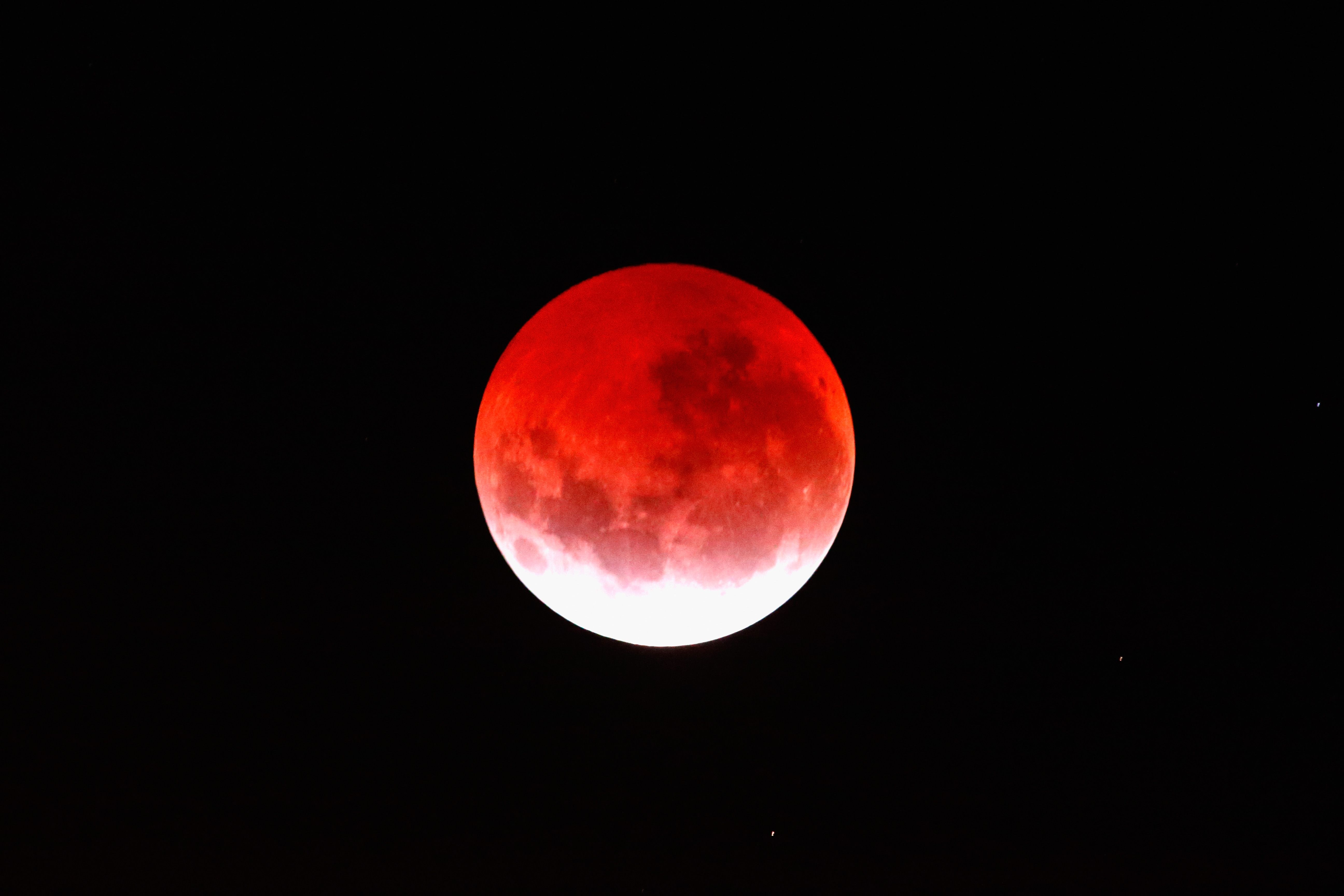The moon will be around 14 per cent brighter and have a distinct red hue tonight.
A super moon, blue moon and blood moon all combine tonight to create a rare astronomical event not seen for over 150 years.
Super moons appear 14 per cent brighter and 30 per cent brighter than a regular full moon due to their increased proximity to Earth.
A blood moon occurs as the moon passes through Earth’s corridor into its shadow, giving it a reddish hue and creating a total lunar eclipse. A blue moon is the term used to describe a second full moon in the same calendar month.

The lunar cycle is 29 days long whereas some months are 31 days long, meaning some years see 13 full moons and occasionally two of these celestials fall in the same month.
The term “blue” comes from the phrase “once in a blue moon,” because of how rarely two full moons fall in the same month.
Much of Asia and America will see the rare occurrence, with the eclipse best visible in the western half of the US and Canada before the moon sets early on Wednesday morning, and across the Pacific into Asia as the moon rises Wednesday night into Thursday.
The UK, Europe and Africa will also miss out on seeing the red tinge on the super moon as they’ll be unable to see the lunar eclipse.
The moon, however, will still be much bigger and brighter than usual in these areas.
People in the eastern Hemisphere saw their last Blue Moon total lunar eclipse in 1982, for the Western Hemisphere, this eclipse will be the first blue moon total eclipse since 1866.


































